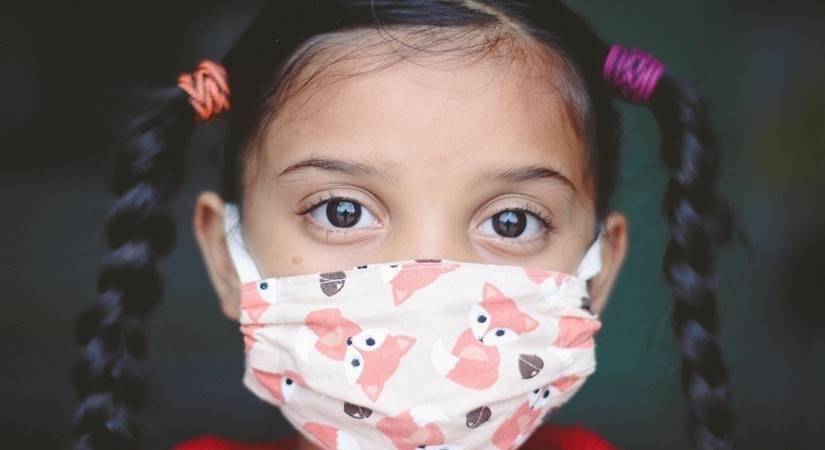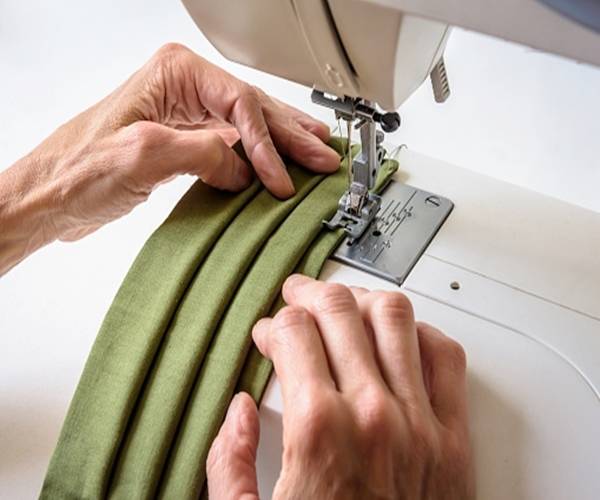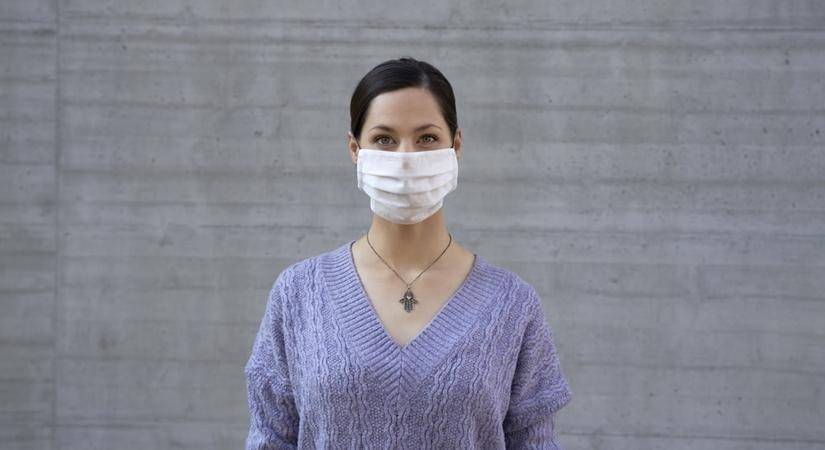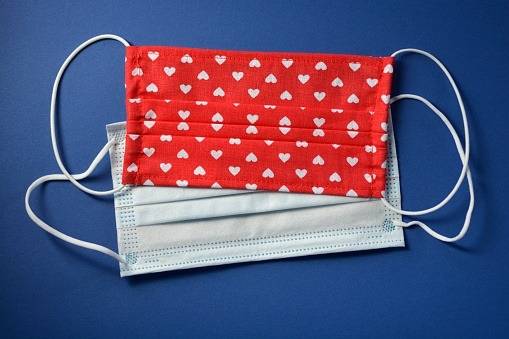With regards to face masks, he said that they are still mandatory in medical facilities, mosques and public transportation, as well as for food service providers, the injured and suspected cases to ensure the safety of the community, especially vulnerable groups…reports Asian Lite News
The UAE will be relaxing COVID-19 restrictions nationwide, as well as sector-specific updates, which will come into effect starting 28th September, according to National Emergency Crisis and Disasters Management Authority (NCEMA).
Dr. Saif Al Dhaheri, NCEMA official spokesperson said that COVID-19 daily cases announcements will be discontinued, due to the significant recovery seen across the country, noting that the official websites of the Ministry of Health and Prevention, the Federal Competitiveness and Statistics Centre and NCEMA will continue to release relevant updated data.
“Concerning the Green Pass system, it has been updated to require vaccinated people and exempted individuals to take a PCR test once a month to maintain their green status, and once every 7 days for unvaccinated individuals” Al Dhaheri said. The green pass system is still a mandatory prerequisite for employees and visitors to enter federal authorities and entities, with the Green Pass system to be expanded to cover workers in the tourism and economic sectors, he stressed.
With regards to face masks, he said that they are still mandatory in medical facilities, mosques and public transportation, as well as for food service providers, the injured and suspected cases to ensure the safety of the community, especially vulnerable groups.
Otherwise, wearing masks is optional for all other open and closed facilities and spaces, Dr. Al Dhaheri explained, advising senior citizens and residents and people with chronic diseases to continue wearing them to ensure their safety.
In mosques and places of worship, precautionary procedures have been reduced, and social distancing for worshipers has been cancelled, he noted, adding that wearing face masks remains mandatory in mosques and places of worship to protect the health of vulnerable categories.
The tourism sector, including hotels and their facilities, parks and recreational spaces, and the economic sector, such as shopping centres and shops, in addition to various events, are vital and active sectors, therefore, the updated Green Pass requirements must be met to be allowed entry, Al Dhaheri further said.
The aviation sector will adopt precautionary measures in line with the national aviation protocol, with airlines to decide whether face masks will be mandatory or optional on airplanes, he added. The requirements for pre-departure testing for vaccinated and unvaccinated people will be determined based on the requirements of their travel destinations. As for those coming to the UAE, the current protocol remains applicable to both vaccinated and unvaccinated people, he further explained.
About the education sector, he stated that precautionary measures will be adopted in line with the national education protocol, and wearing face masks in open and closed spaces will be optional, with the new Green Pass requirements to be applicable.
With regards to the isolation period for positive cases, he said that the health sector decided to reduce this to five days, for both home or institutional isolation, with employers to take responsibility for institutional isolation measures, for example, in worker housing cities.
As for people who come into contact with confirmed cases, Al Dhaheri affirmed that they must take a PCR test if they show any symptoms, urging vulnerable categories to take a PCR test and monitor their condition for seven days, adding that the world is seeing general stability and is recovering from the COVID-19 pandemic, with most countries loosening their COVID-19-related restrictions, including the UAE.
Moreover, he pointed out that the updated procedures announced today are the product of analyses conducted based on data collected about the pandemic in the country, including new variants and hospitalisation and ICU admission rates.
The updated procedures are part of the initial phase for loosening restrictions, with further updates to be announced regularly, he explained, stressing that the UAE prioritises the community’s health and safety.
Dr. Al Dhaheri gave a brief about the UAE’s efforts since the detection of the first case in the country, highlighting its relentless drive to vaccinate its citizens and residents and keep a close eye on public health to ensure the best results in combatting the pandemic. He also underscored the UAE’s efforts in terms of conducting clinical trials for the vaccine, implementing remote education and work systems, as well as the humanitarian aid it provided to other countries, from vaccines, medical supplies and field hospitals.
These steps have led to the current period of stability and recovery from the COVID-19 pandemic, and the situation is stable in the country and cases are declining while deaths are almost always zero, Al Dhaheri added.
He attributed the UAE’s successful handling of the COVID-19 pandemic to the UAE’s wise leadership and frontline medical professionals, who continue to make tireless efforts to keep the pandemic in check, thanking them all for their invaluable contributions.
He also noted that these efforts were supported by the dedicated cooperation of the public in following precautionary measures and working with the government to ensure its success in its drive to contain the pandemic.









